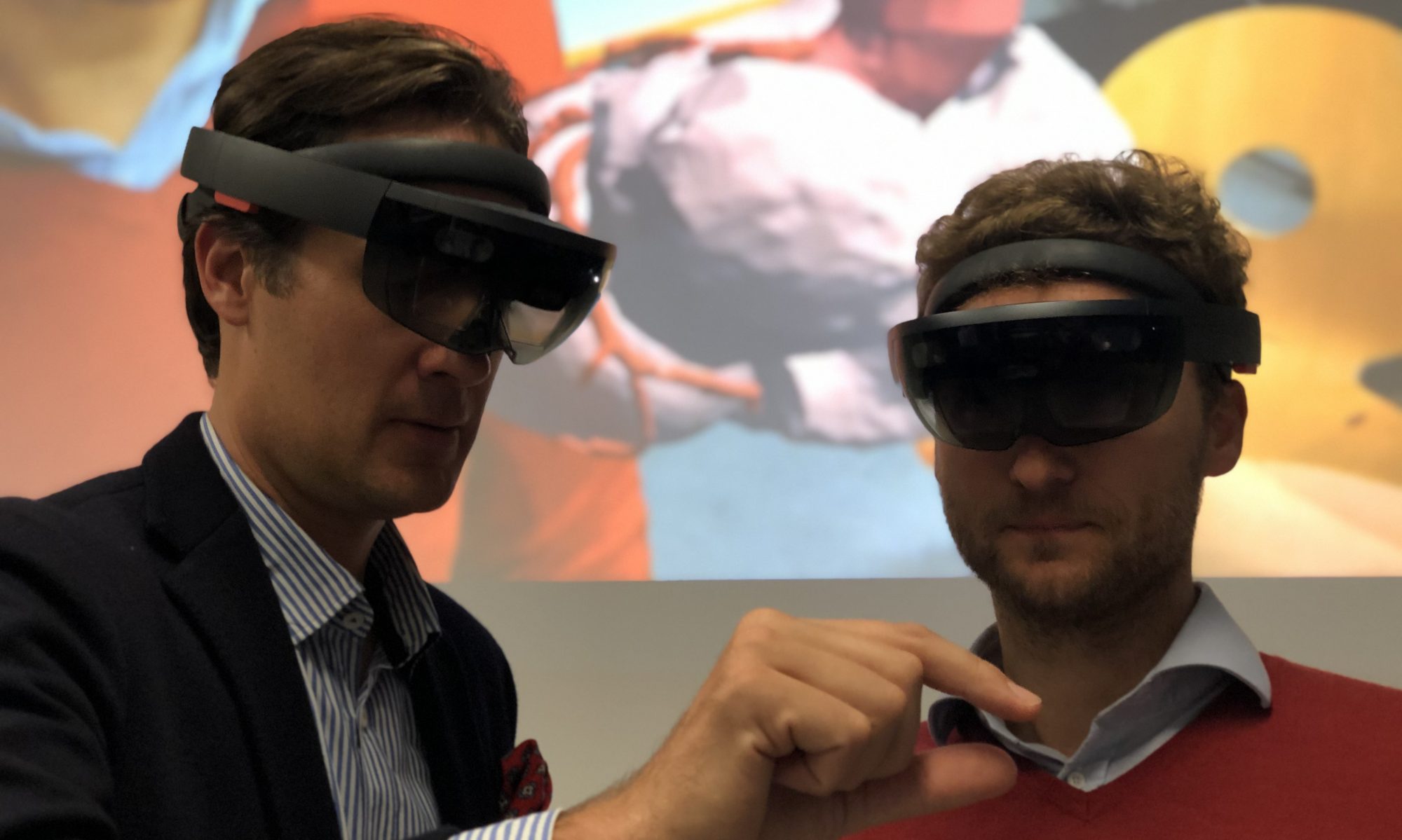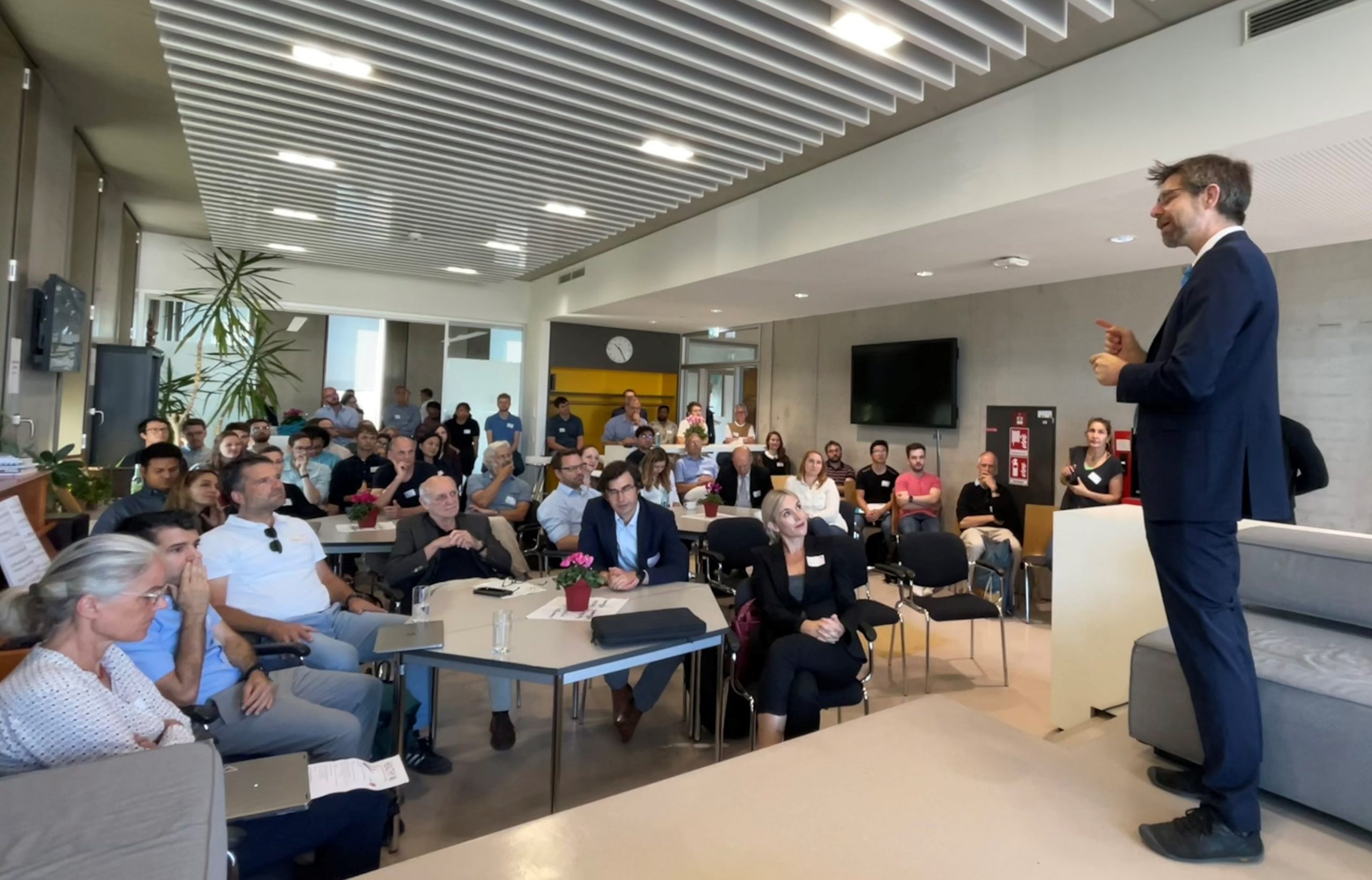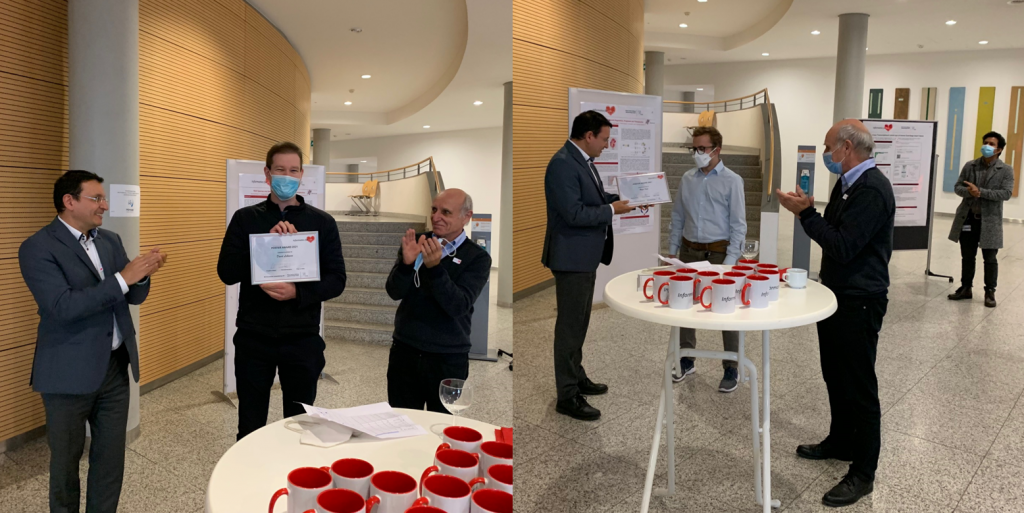
IFL Scientists presented interactive workshops
This year, our scientists were again actively involved as part of the eCardiology section at the annual meeting of the German Society for Cardiology in Mannheim. In addition to the many exciting lectures at the conference, they presented workshops and demonstrations on digital topics in medicine in the modern ambience of the Ella & Louis. Anyone who wanted could immerse oneself in the virtual world with AR glasses or test various mobile sensors and find out about their benefits. New useful apps, a demonstration of ChatGPT and even genetic sequencing could be tried out with the help of a cleverly constructed Lego model. Illustrative models familiarised visitors with 3D printing and lifelike simulations in cardiac surgery.
You can see a small selection of what was presented here in the video by Dr. Heart (from minute 8:00).















